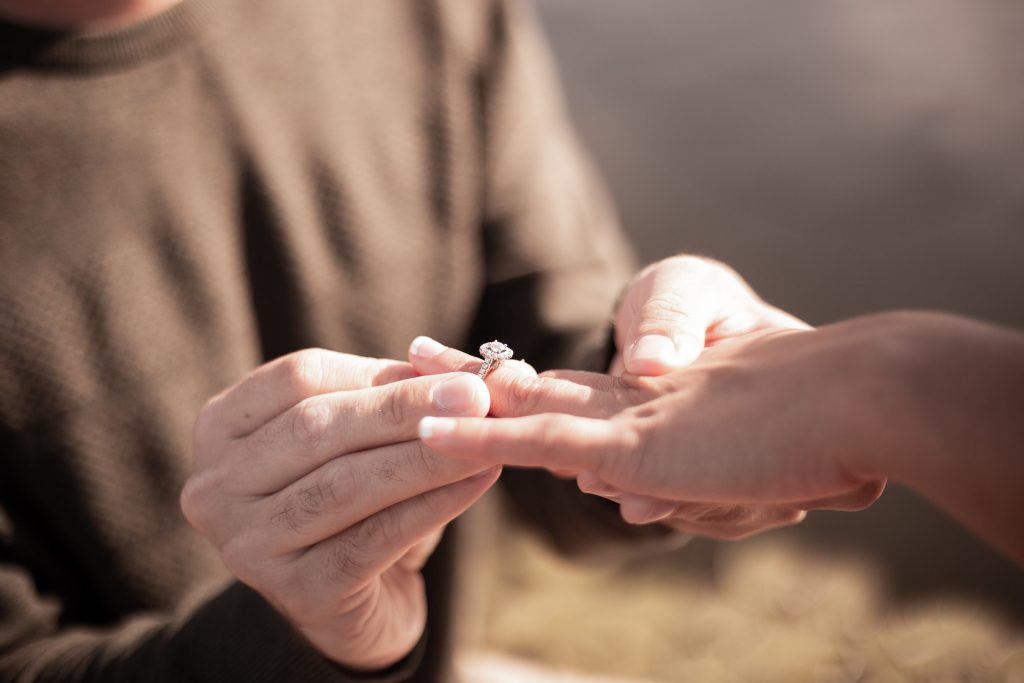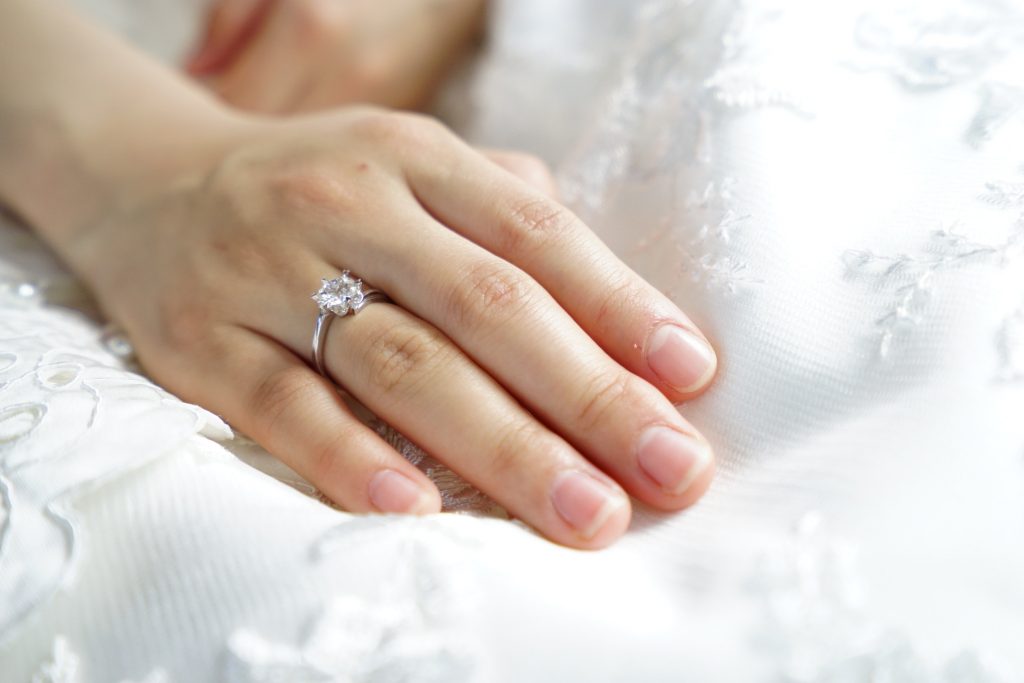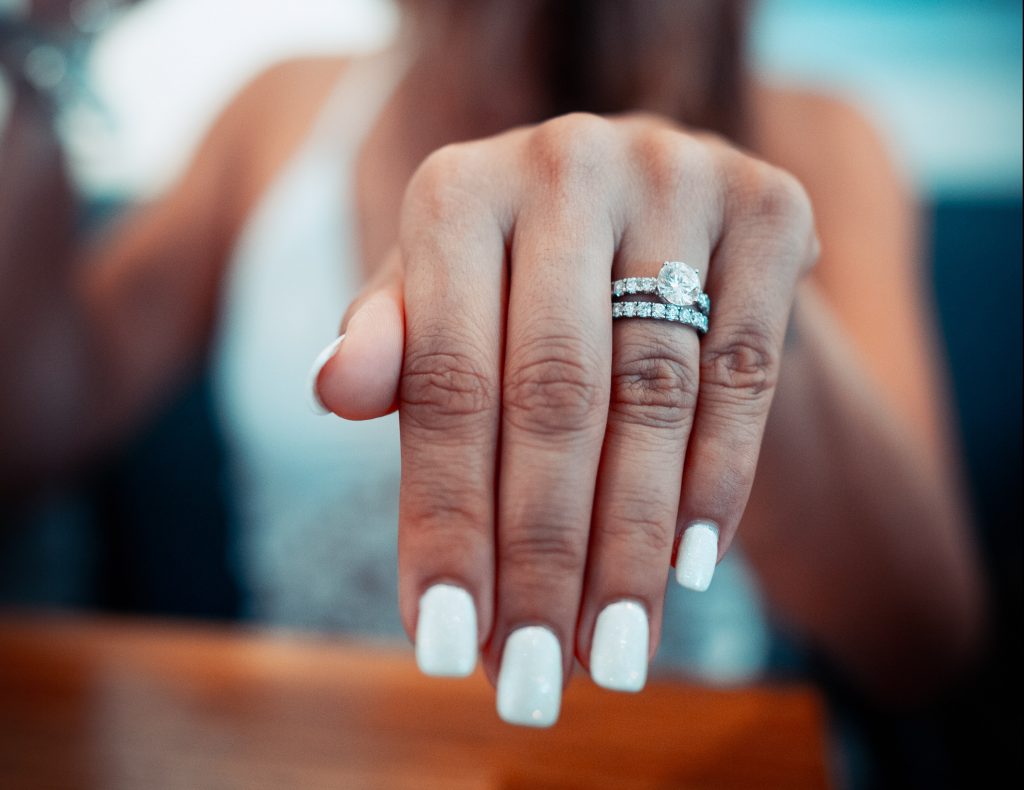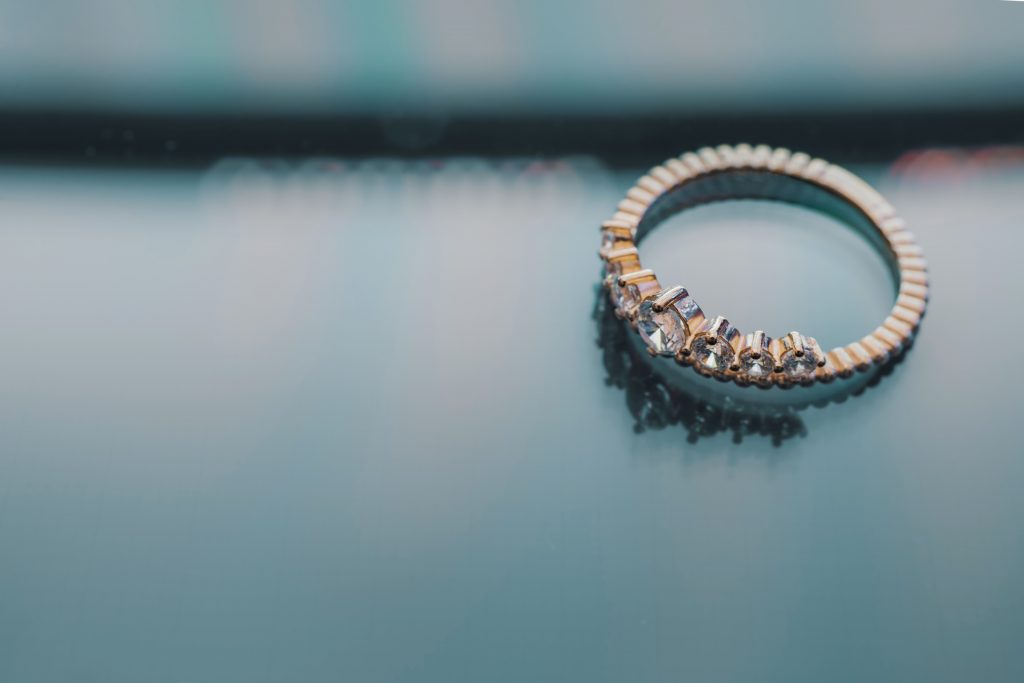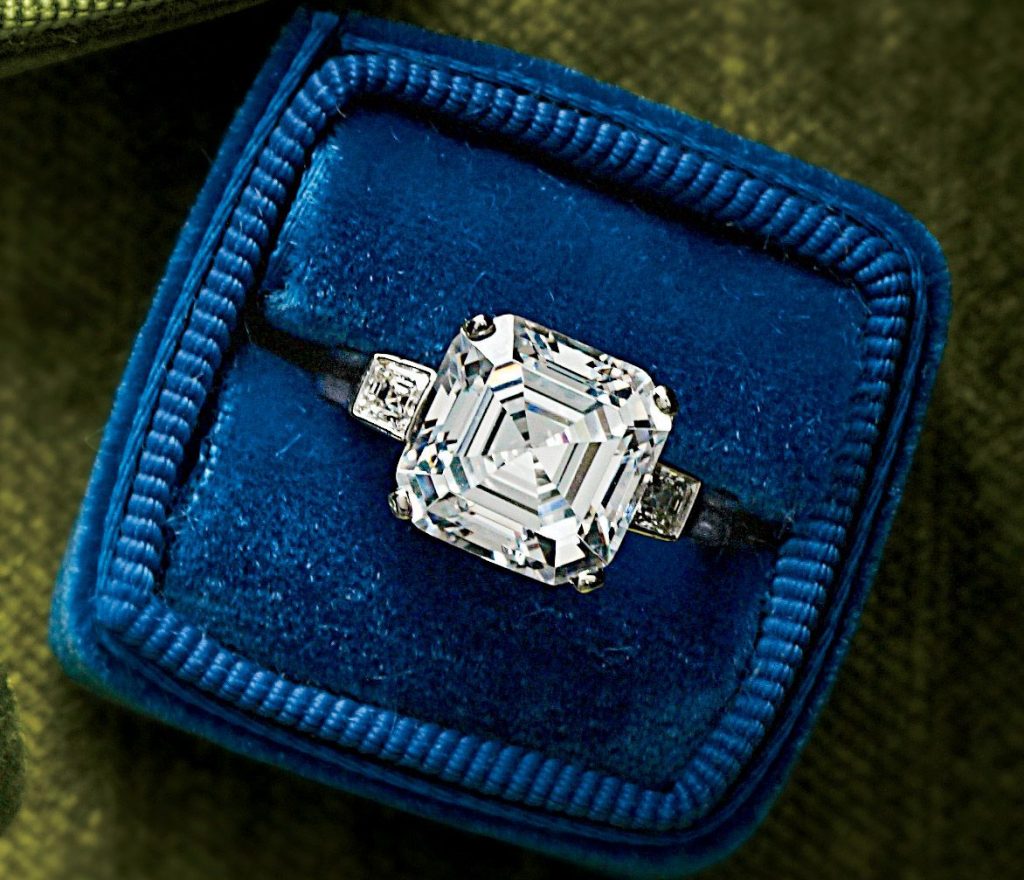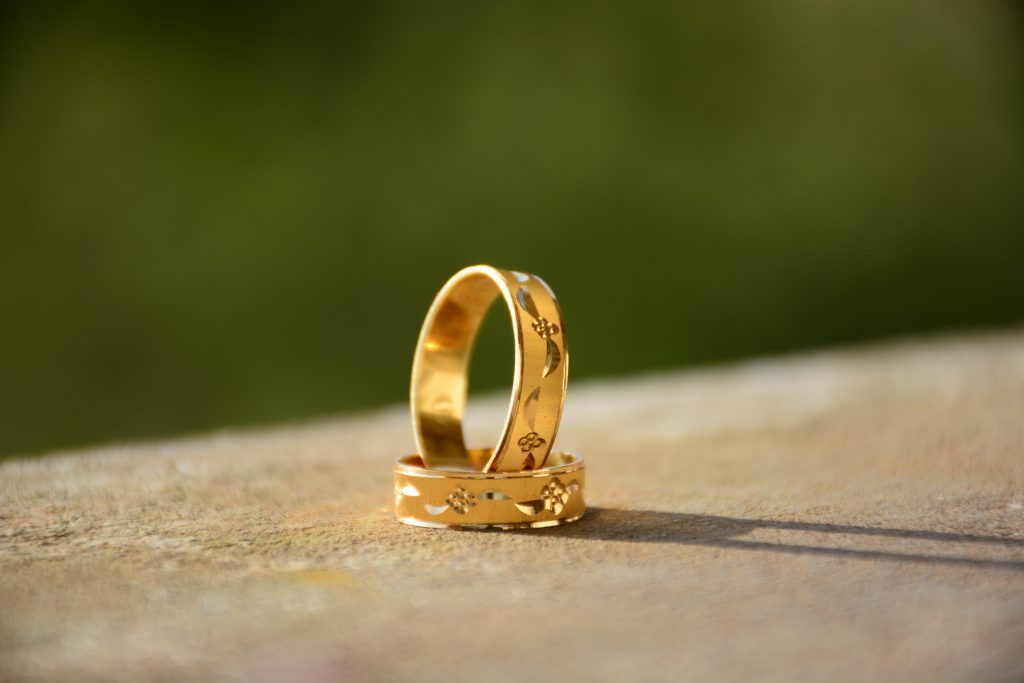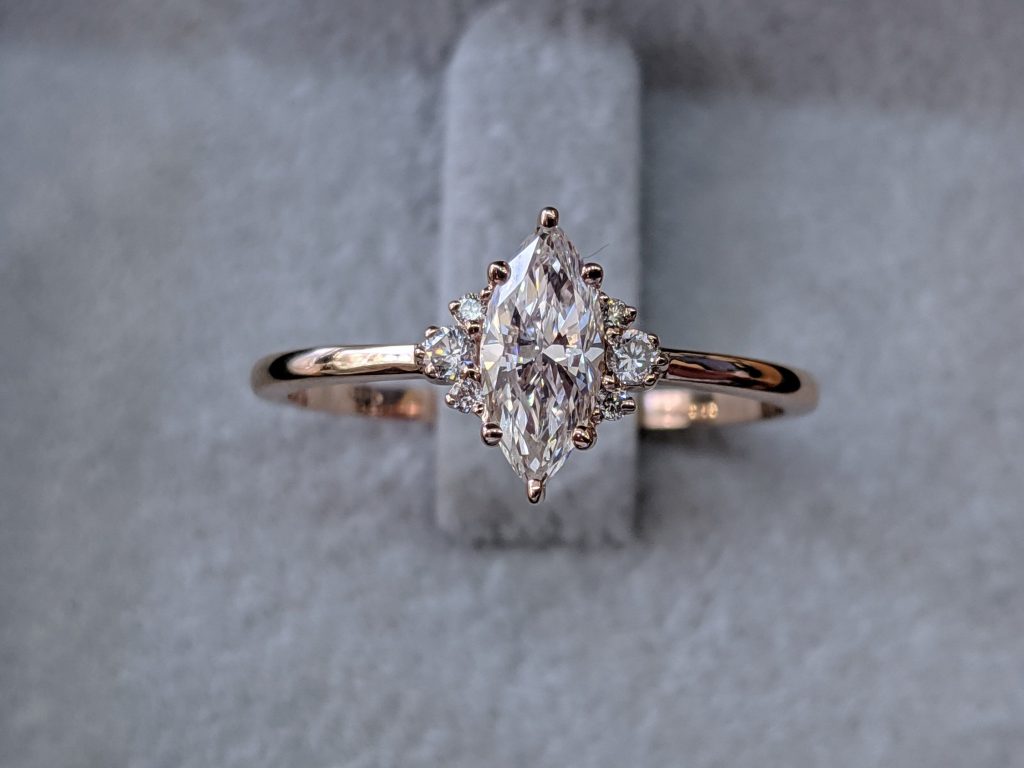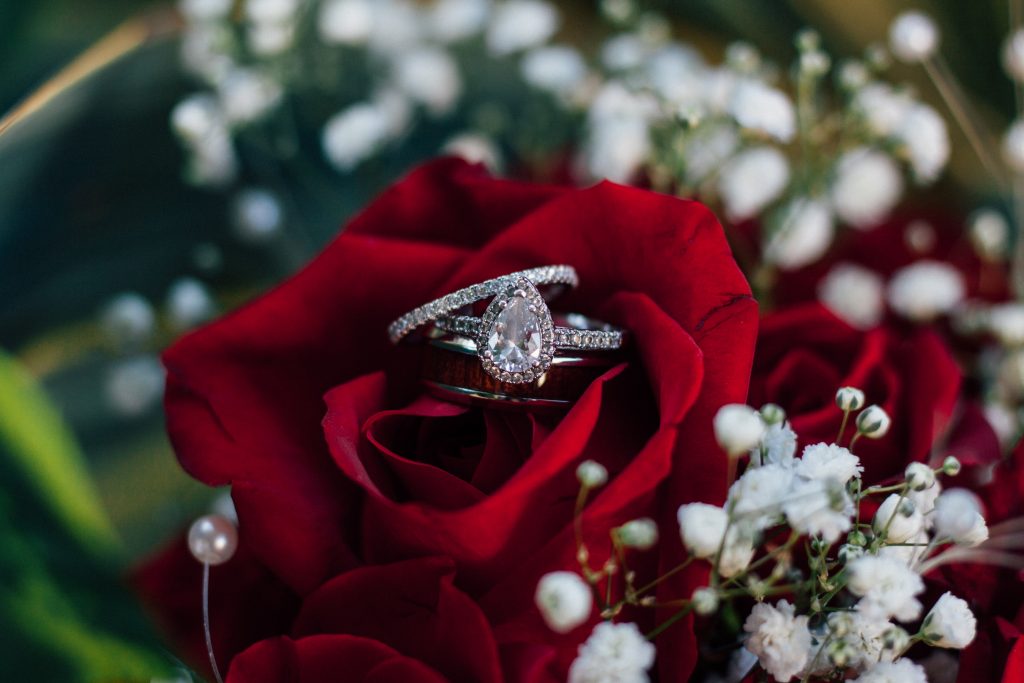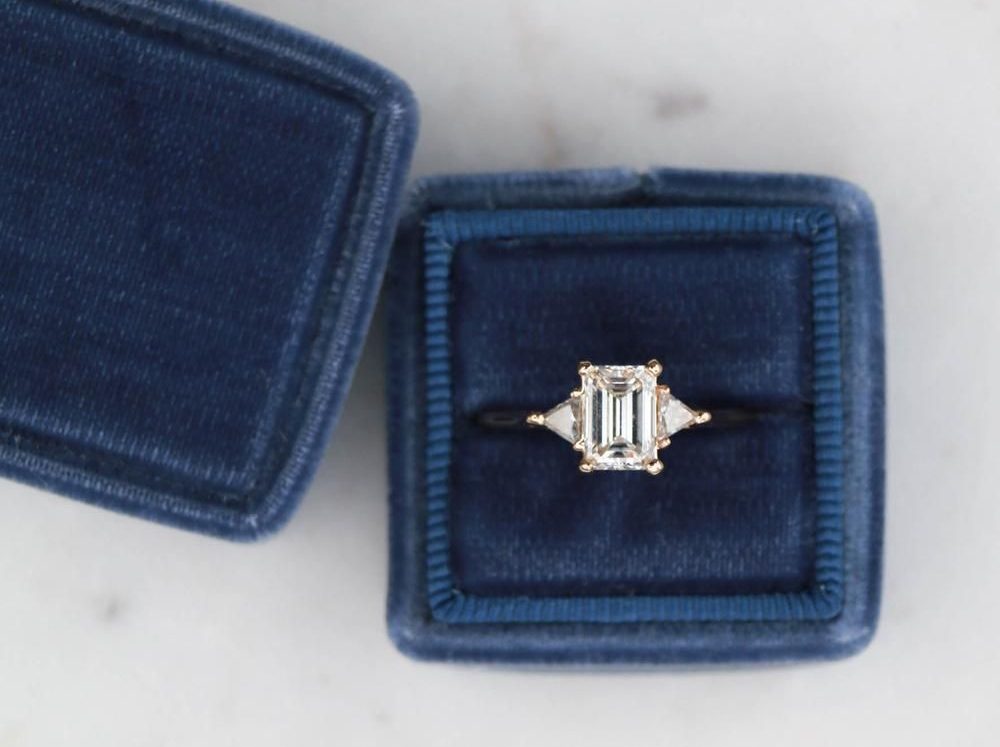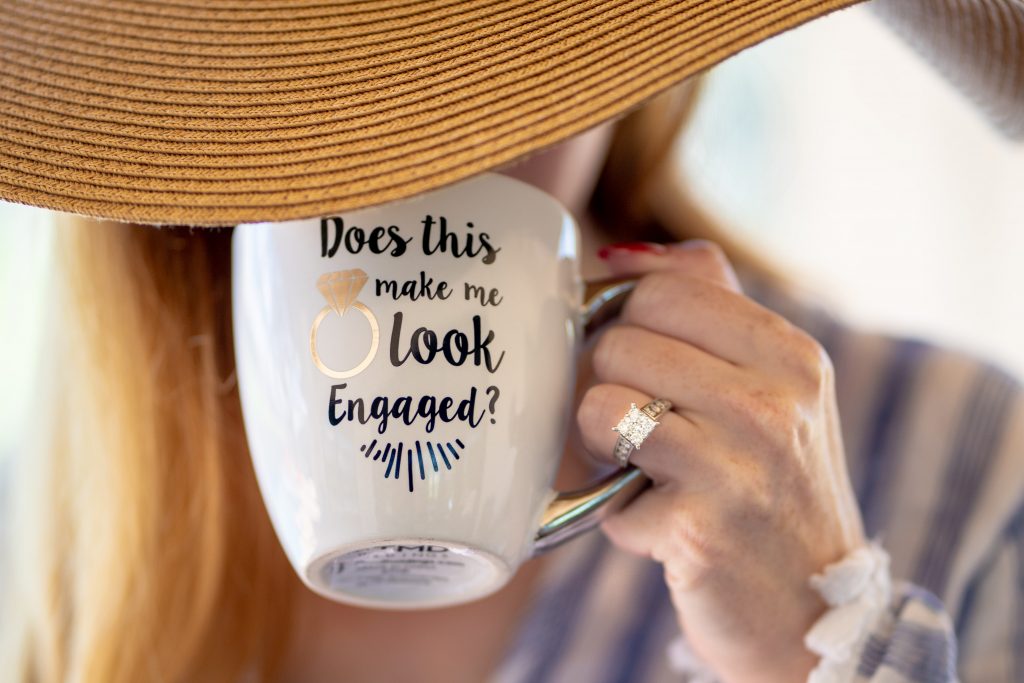Get your fairytale ending with a princess-cut engagement ring. This cut is incredibly popular, and graces the ring fingers of celebrities like Emily Ratajkowski, Cameron Diaz and Kate Bosworth.
The princess-cut is the most popular of the fancy cut diamond shapes, according to Shimansky. It is a timeless shape, with a geometric silhouette that makes the stone appear brighter and whiter.
If you’d like to join the ranks of the rich and famous, here’s what you need to know about the princess-cut.
https://www.instagram.com/p/CAtcpgRDumE/?utm_source=ig_web_copy_link
The shape:
A princess-cut diamond has a square-shaped stone with pointed corners, and can have up to 78 facets. From the side, it appears as if the stone is the shape of an inverted pyramid. This cut offers stunning sparkle thanks to its high levels of brilliance and fire.
About 80% of a rough stone’s radiance is retained when cutting a princess shape, compared to the 50% of a round brilliant shape. This makes a princess cut the more economical choice as well.
This cut requires master craftmanship. In the wrong hands, the stone’s delicate and intricate facets can appear chunky. It must have a deep cut, a relatively slim girdle and pointed corners. V-shaped prongs hold the body of the stone securely in place while also protecting the corners.
“The square shape of this cut is associated with the personality traits of independence, audacity and confidence. Thanks to its beauty, brilliance and striking appearance, it’s not difficult to understand why the princess cut diamond has become such a popular cut among modern-day brides,” says Shimansky.
https://www.instagram.com/p/B_8KvTxh3H4/?utm_source=ig_web_copy_link
The origin:
This shape is one of the newer cuts on the market, and has had multiple precursors. It is believed its origins began back in the 1960s when diamond cutter Arpad Nagy created the ‘profile’ cut in 1961. This cut has 58 facets and was designed to allow less of the rough stone to be lost in the cutting process.
South African designer Basil Watermeyer then introduced the Barion cut in the 1970s, which was a stunning cut with 81 hard to replicate facets. Israeli diamond duo Betazel Ambar and Israel Itzkowitz followed up by creating the ‘quadrillion’ cut, which is the closest to the modern princess cut as we know it.
How it got its current name is not definite, but jewellers suspect it is because of its radiant sparkle that makes the stone appear fit for royalty.
https://www.instagram.com/p/CDzKufxJd5Z/?utm_source=ig_web_copy_link
What to consider:
If you’re on the market for a princess-cut ring, there are a few things to keep in mind. Generally, this cut is priced lower per carat because more of the rough stone is saved during the cutting process. Due to their multiple facets, incusions or natural imperfections are hidden quite well in the stone.
However, because most of the weight is on the underside of the diamond or the pavilion, this cut may make the stone appear smaller than another diamond with the same carat weight.
As such, you get higher brilliance on this cut but may sacrifice size. Each customer must decide for themselves what they care about more.
https://www.instagram.com/p/CDzJ8HMlAhY/?utm_source=ig_web_copy_link
Feature image: Unsplash

